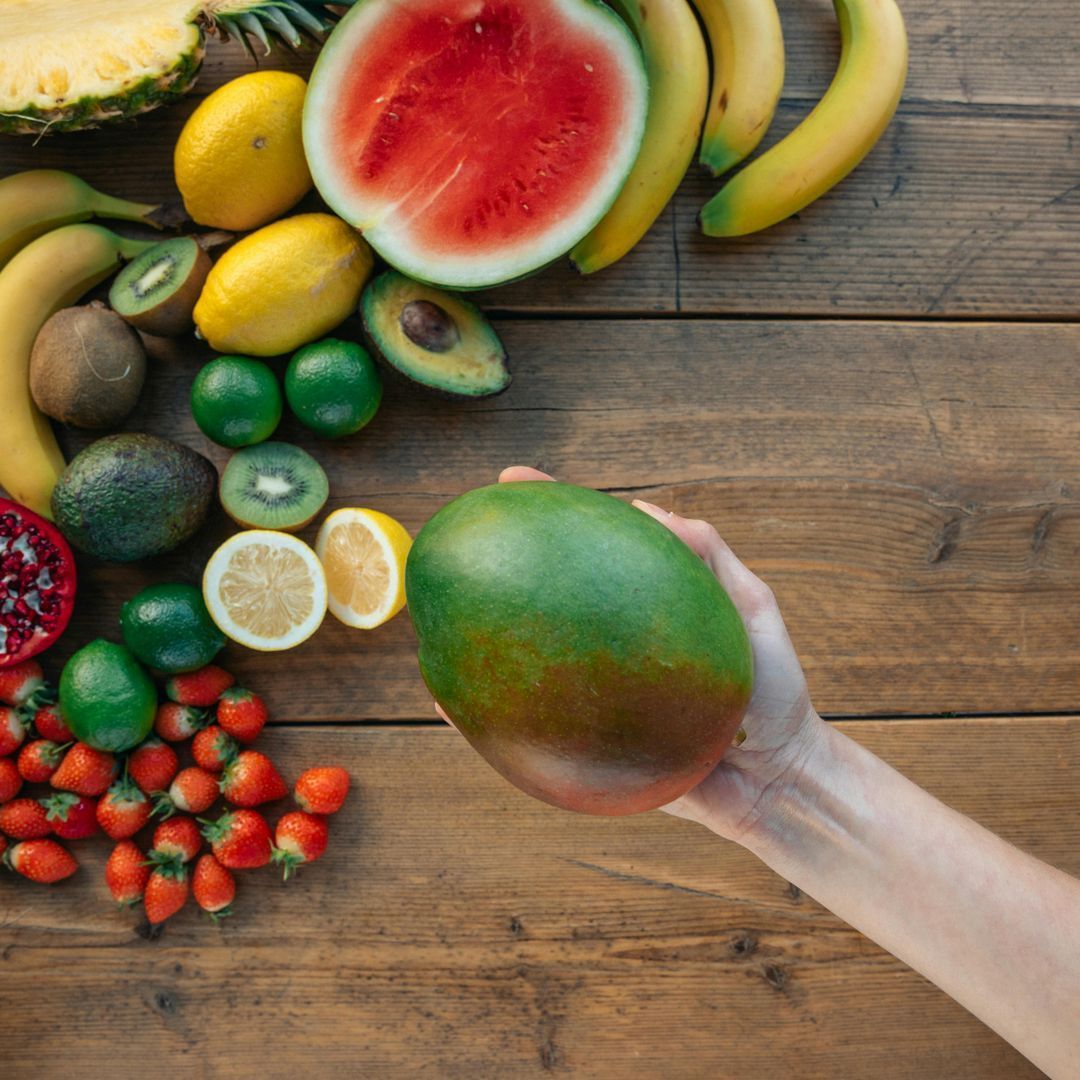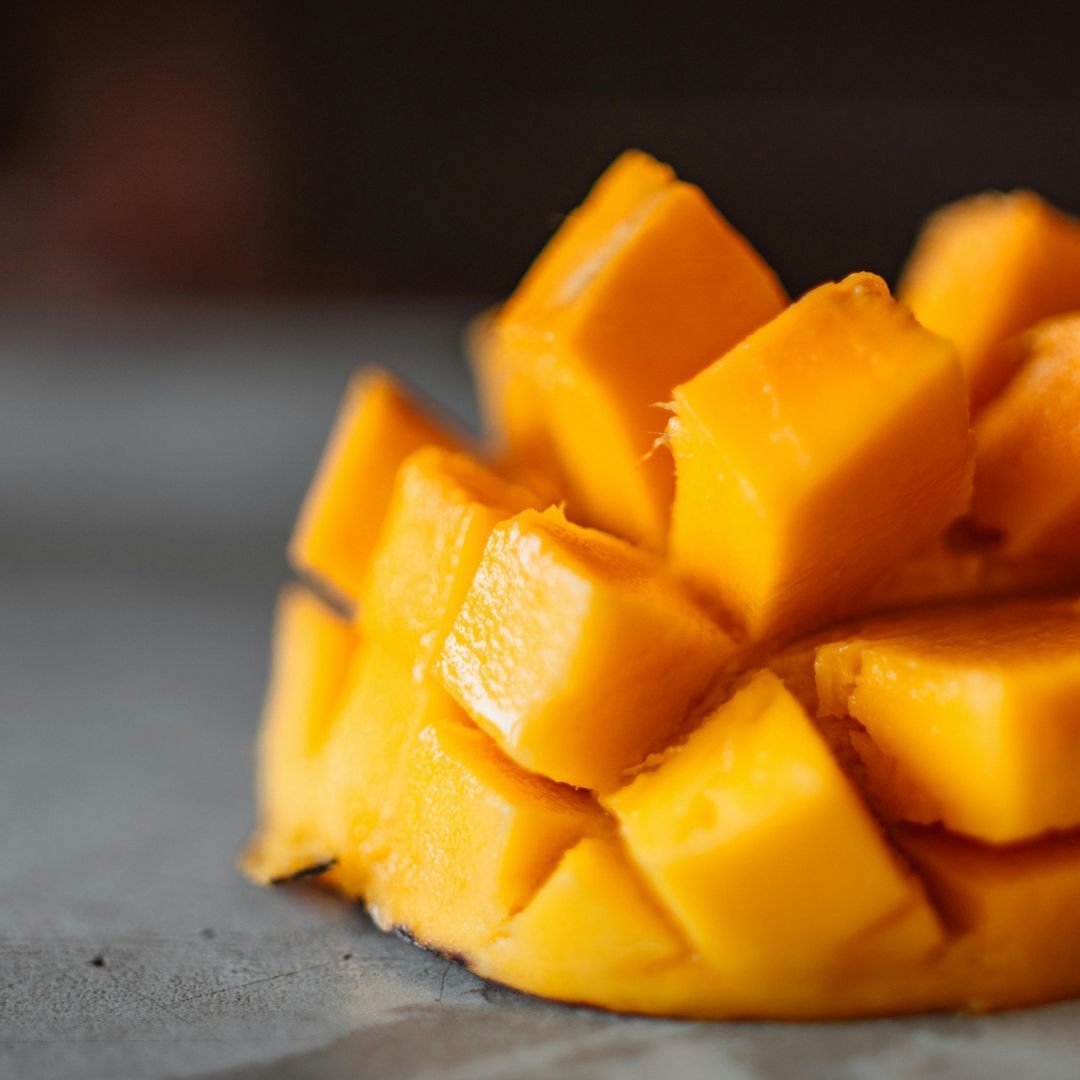The Flavor of the Tropics under the Sicilian Sun

In recent years, Sicily has witnessed a significant transformation in its agricultural sector, with the introduction and expansion of tropical fruit cultivation such as mango. This shift has been driven by several factors, including changing climate conditions and increased consumer demand for exotic products. In this article, we explore the development of mango cultivation in Sicily, the challenges and opportunities it presents, and the overall impact on the islands agricultural landscape.
The growth of mango cultivation in Sicily
Sicily, thanks to its Mediterranean climate characterized by hot summers and mild winters, offers favorable conditions for growing certain mango varieties. In recent years, several areas of the island, particularly the coastal areas of the provinces of Messina and Palermo, have seen a significant increase in the area dedicated to this crop. For example, in the municipalities of Caronia, Acquedolci, SantAgata Militello, and Torrenova, there are an estimated 100 hectares of mango plantations, with an additional 50 hectares under development in the municipality of Tusa. The most popular mango varieties in Sicily include Glenn, Kensington Pride, Kent, Keitt, and Sensation. These varieties are prized for their organoleptic characteristics and are well-adapted to local climate conditions. Harvest generally takes place between August and November, a period when global mango supply is limited, thus providing a competitive advantage to Sicilian producers.
www.agricolturafinanziamenti.comChallenges and opportunities

Despite favorable climatic conditions, mango cultivation in Sicily presents some challenges. Increasingly hot and dry summers, combined with heavy rainfall at unusual times, can cause problems such as the development of plant diseases, such as anthracnose, which compromise the quality and quantity of the harvest. However, the growing demand for high-quality mangoes, both domestically and internationally, represents a significant opportunity for Sicilian producers. Proximity to European markets allows for the supply of fully ripened fruit, ensuring superior quality compared to products imported from distant countries. Furthermore, the adoption of innovative agricultural techniques, such as the use of state-of-the-art irrigation systems, can help mitigate the effects of adverse weather conditions and improve yield and product quality.
terra.regione.sicilia.itImpact on the Sicilian agricultural landscape
The introduction of mango cultivation is helping to diversify Sicilys agricultural landscape, offering farmers a profitable alternative to traditional crops like citrus fruits and olives, which are facing challenges due to climate change and market fluctuations. This change not only benefits the local economy, but also helps preserve the rural landscape and promote sustainable agricultural practices.
Conclusion
Mango cultivation in Sicily is a prime example of how agriculture can adapt and innovate in response to the challenges posed by climate change and market developments. By addressing climate challenges and capitalizing on market opportunities, Sicilian producers can consolidate the islands position as a major supplier of high-quality mangoes to Europe, thus contributing to the sustainable development of the regional agricultural sector.
www.wired.it

flavio_campaniolo
Data di inserimento 04 apr 2025
Report article


Comments
There are no comments yet.